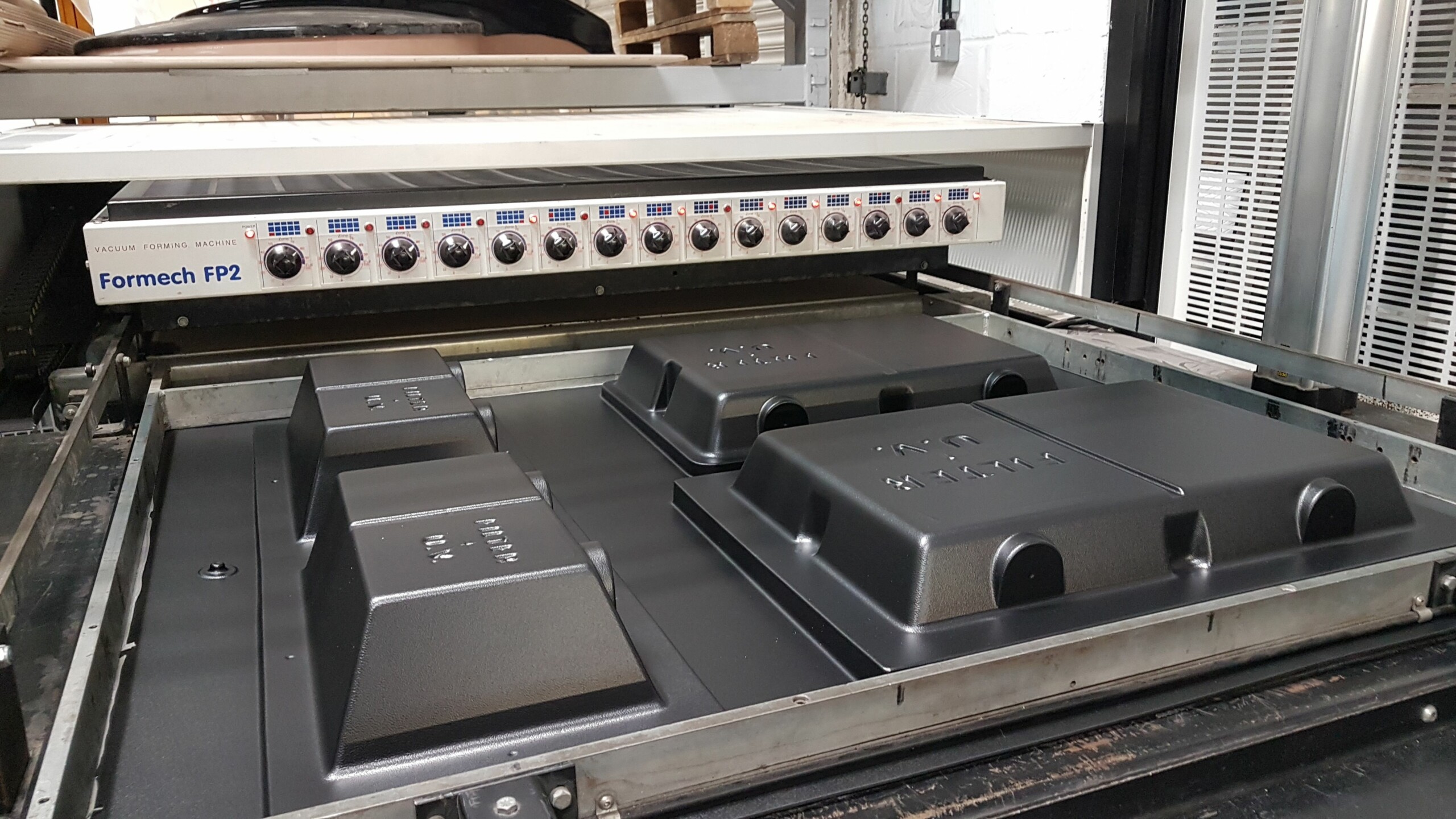How Vacuum Forming Works
How Vacuum Forming Works
Blog Article

Vacuum forming is a cost-effective polymer-based molding method that involves heating a thermoplastic sheet until it becomes malleable, then using vacuum pressure to form it over a pre-designed mold.
Vacuum Forming Procedure
The process initiates with a polymer sheet being softened until it reaches the optimal forming temperature. Once the material is ready, it is laid over a pattern, and a vacuum is applied to pull the material tightly over the mold, ensuring the required shape.
After forming, the material is hardened to retain its shape. The final product is then trimmed to remove unwanted material and finished for assembly.
Industries Using Vacuum Forming
Vacuum forming finds its benefits in sectors such as aerospace for creating lightweight plastic parts. Some frequent products made using vacuum forming include:
- Vehicle interior panels
- Blister packs
- Healthcare packaging
- Point-of-sale stands
Why Choose Vacuum Forming?
Vacuum forming is a efficient method for producing high-quality plastic parts with minimal setup expenses. Other key benefits include:
- Rapid production
- Affordable molds
- Customizable shapes
- Strength-to-weight ratio
Conclusion
For businesses looking for an affordable plastic manufacturing solution, vacuum forming provides a valuable option.
Vacuum Forming Report this page